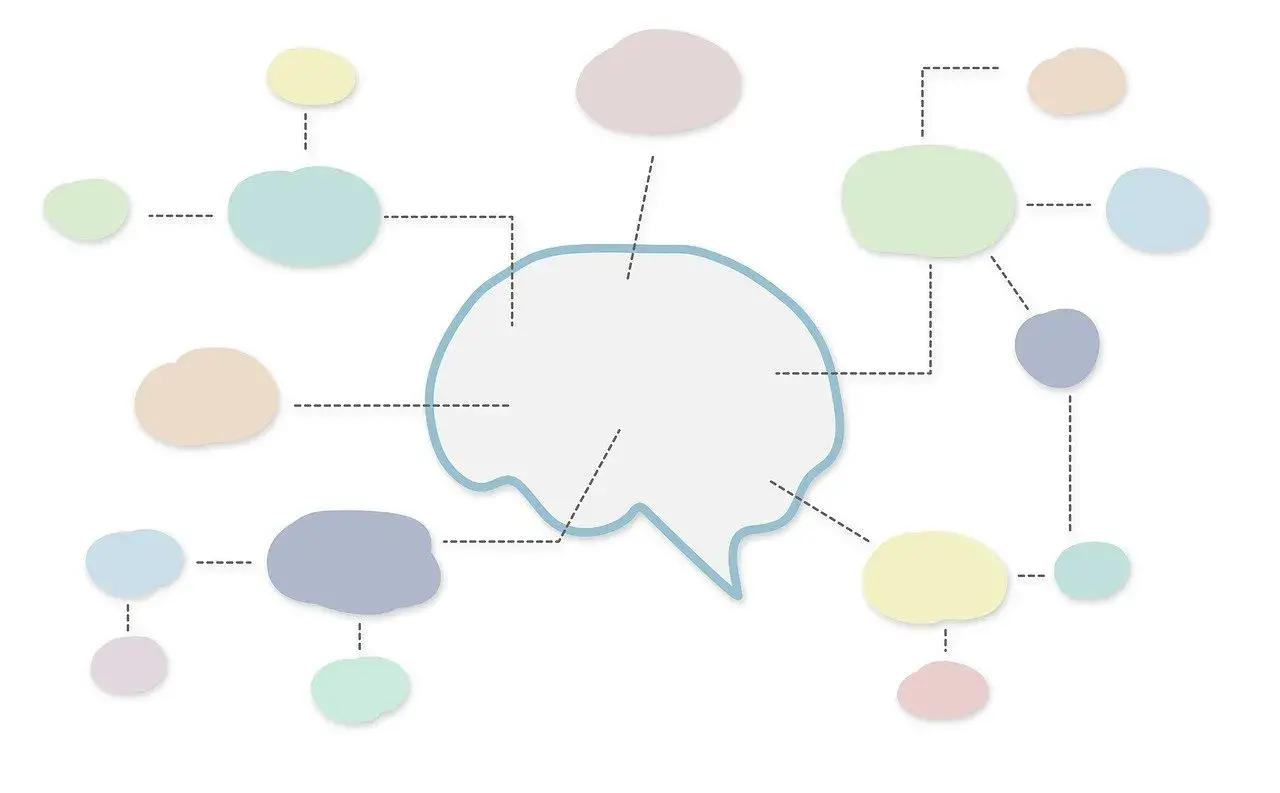How To Create MindMaps
Creating mind maps is a simple and effective way to visually organize your thoughts, ideas, and information. Here's a step-by-step guide on how to create a mind map:

How To Create MindMaps
Creating mind maps is a simple and effective way to visually organize your thoughts, ideas, and information. Here's a step-by-step guide on how to create a mind map:
1. Start with a central topic or idea: Begin by identifying the main concept or topic that you want to focus on. This will serve as the central node of your mind map.
2. Add main branches: From the central node, draw main branches that represent the key categories or main ideas related to your central topic. These branches will radiate out from the center.
3. Add sub-branches: For each main branch, add sub-branches to further expand on the specific details, sub-topics, or supporting ideas related to that main branch. These sub-branches will stem from the corresponding main branches.
4. Use keywords and images: Instead of writing lengthy sentences or paragraphs, use concise keywords or short phrases to represent ideas or concepts. This keeps the mind map visually clean and easy to understand. You can also incorporate relevant images or icons to further illustrate or represent certain ideas.
5. Use colors and formatting: Apply colors to different branches or nodes to visually differentiate them and create a visual hierarchy. You can use colors to represent different categories or to add emphasis. Experiment with font styles, sizes, and other formatting options to enhance the readability and visual appeal of your mind map.
6. Connect related ideas: Use lines or arrows to connect related ideas or show relationships between different branches. These connections help to demonstrate how different ideas or concepts are linked together.
7. Expand and refine: Continue expanding your mind map by adding more branches, sub-branches, and details as needed. As you refine your thoughts and gather more information, you can always revise and update your mind map accordingly.
8. Review and revise: Once you have completed your mind map, take a step back and review it. Make sure the information flows logically and that the connections are clear. Rearrange and reorganize elements if necessary. You can also add additional annotations or notes to clarify certain points.
9. Share and use: Mind maps can be used for personal organization, brainstorming, planning, studying, or as a communication tool. Share your mind map with others if needed, whether it's for collaboration, presentation, or feedback.
Remember, there is no one right way to create a mind map. The structure and design can vary depending on your preferences and the specific purpose of the mind map. The key is to keep it visually clear, organized, and easy to navigate so that it effectively captures and presents your ideas and information.
How To Create MindMaps
Blog: Mapas Mentais
Blog: Ferramentas Para Criar Mapas Mentais Online
Blog: MindMaps
| How To Create MindMaps | Review By Mind Maps |
| What Are Mind Maps, and How to Use |